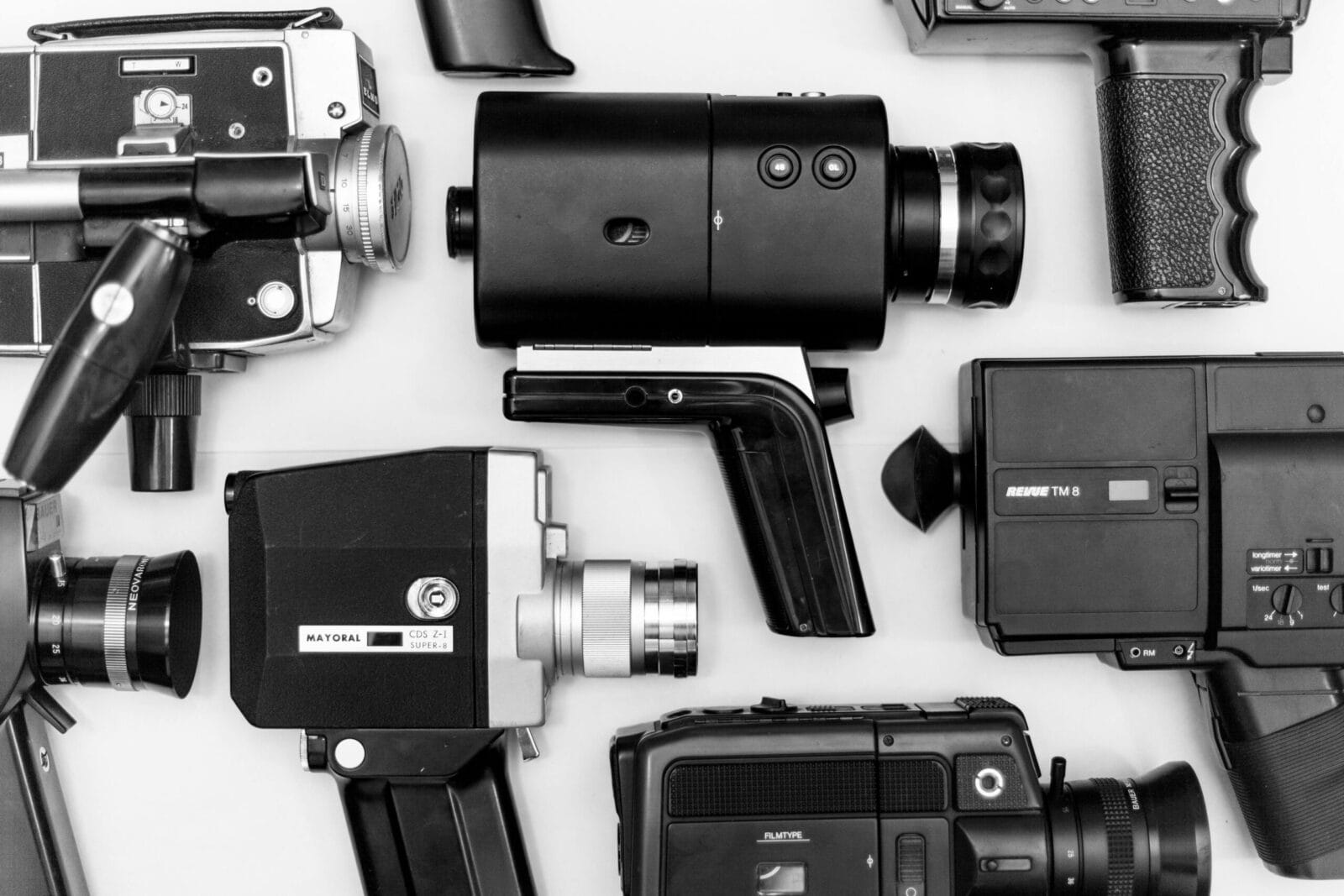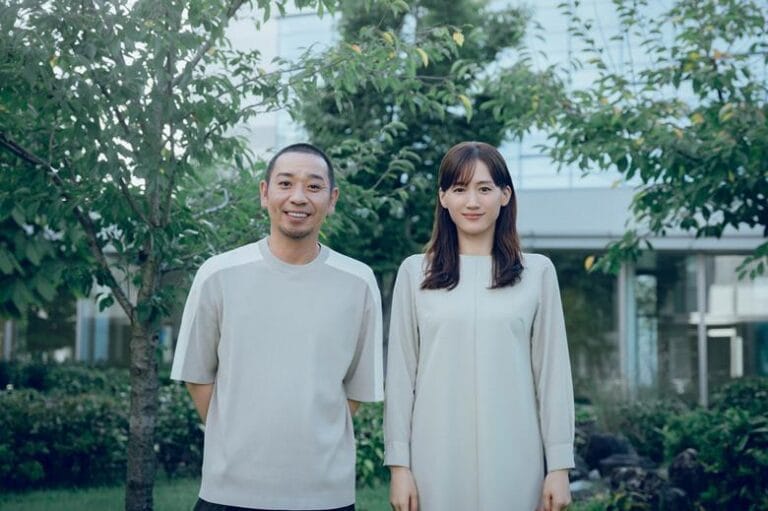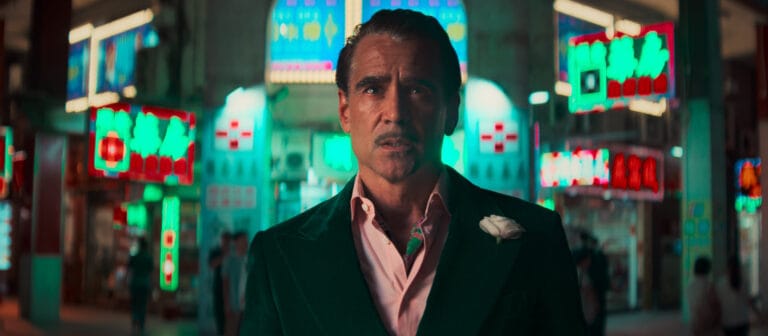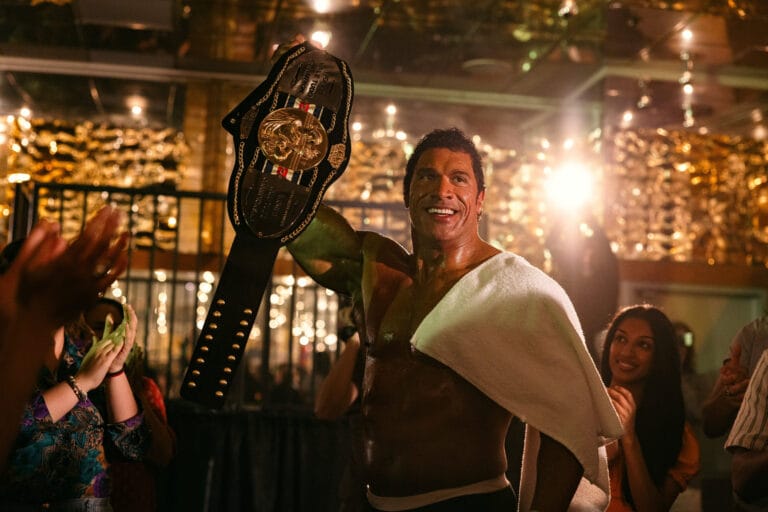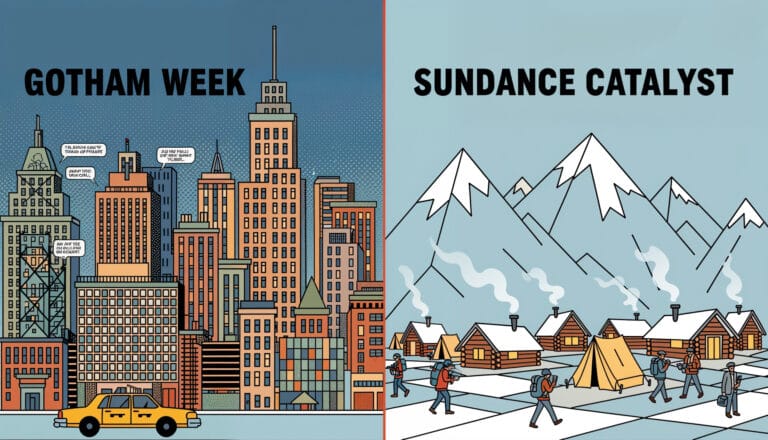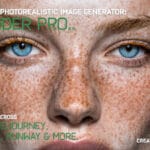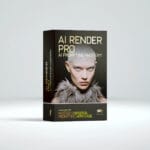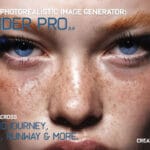Key Takeaways:
- Smart lens choices can dramatically transform your cinematography without expensive gear upgrades
- Unconventional composition techniques break the grid and create memorable, thumb-stopping visual
- Depth of field isn’t just about bokeh—it’s a powerful cinematography tool for directing viewer attention
- Camera angles communicate psychological depth and turn ordinary scenes into cinematic moments
I’ve watched countless filmmakers and content creators obsess over cameras and specs while overlooking the fundamental cinematography techniques that actually make footage cinematic. The truth? Your 5-year-old camera can create stunning visuals if you master just a few core principles. Today, we’re exploring the fundamentals of cinematic language—lens selection, composition, depth of field, and camera angles. Not the textbook basics you’ve heard a hundred times, but the subtle tricks that separate amateur footage from professional work. These aren’t complicated; they’re just rarely talked about. Let’s break them down.
The Lens Focal Length Psychology Most People Miss
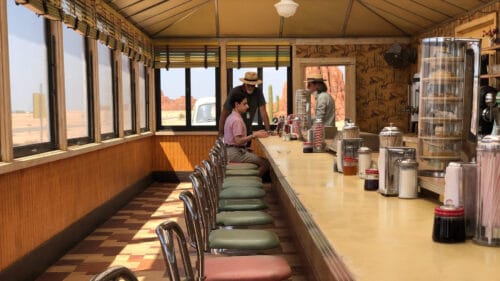
Everyone knows that wide lenses (16-35mm) show more of the scene and telephoto lenses (85mm+) compress space. But here’s what they don’t tell you about cinematography: focal length is an emotional language. A 24mm lens doesn’t just capture more environment—it creates psychological distance and makes subjects feel small and vulnerable in their world. This is why Wes Anderson uses symmetrical wide-angle shots in his visual language: they create a doll-house effect that feels both intimate and detached.
Conversely, an 85mm or 135mm lens doesn’t just blur backgrounds beautifully—it creates intimacy and immediacy. When you compress space with a longer lens, you’re literally bringing the viewer closer to your subject’s emotional state, eliminating distractions. This is the secret sauce behind those dreamy fashion films and emotional interviews that feel like you’re sitting across from someone in a coffee shop.
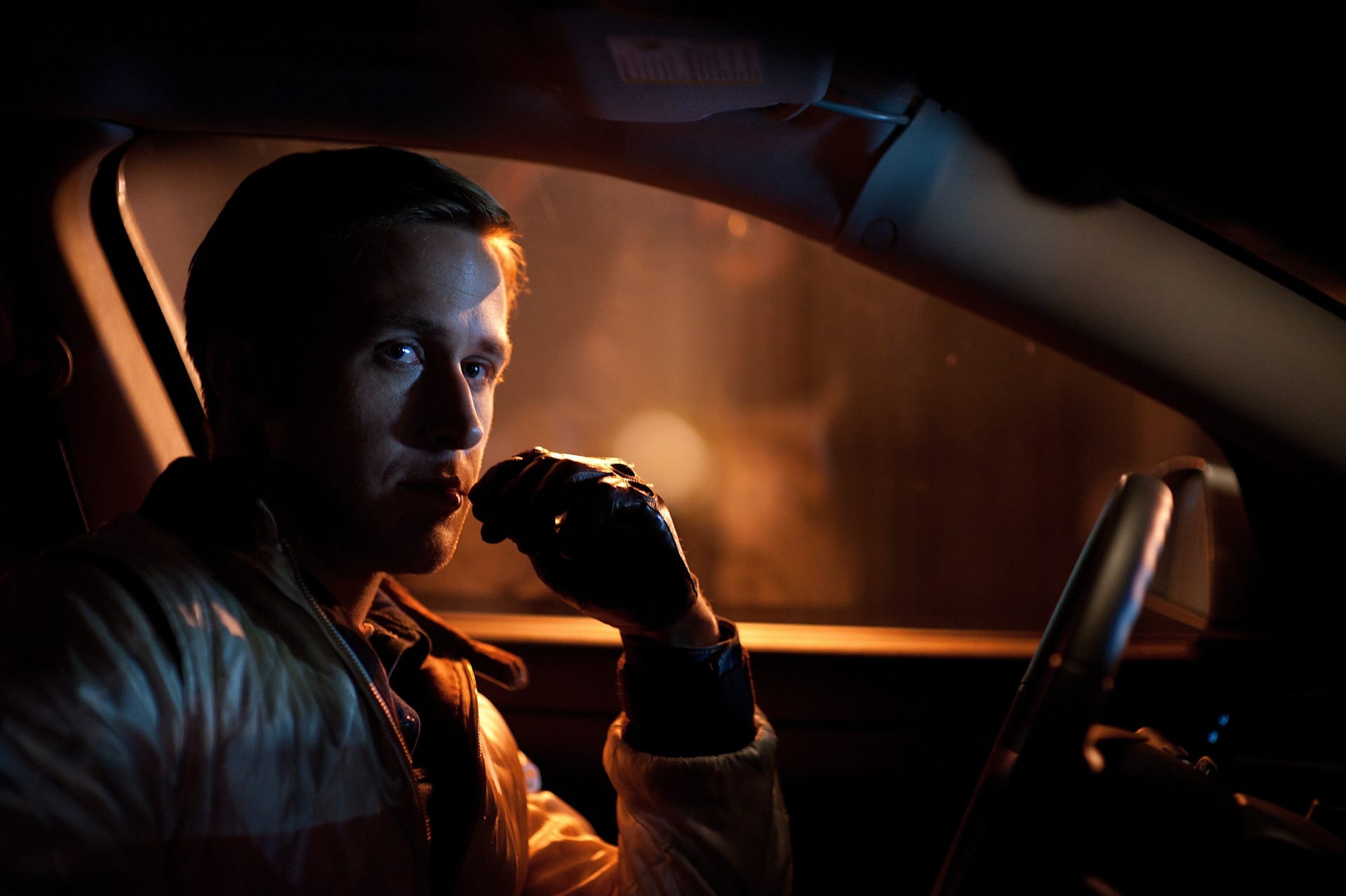
Breaking the Rule of Thirds (Strategically)
The rule of thirds is a fantastic starting point for cinematography, but it’s also where most people stop. Here’s a more advanced approach: use negative space as a narrative tool. Instead of always placing your subject on the thirds intersection, try positioning them in the extreme corner or edge of frame with massive negative space on the opposite side. This filmmaking technique, used brilliantly in films like “Lost in Translation” and “Drive,” creates visual tension and suggests isolation, contemplation, or longing.
Another underutilized trick in cinematography is leading lines that go nowhere. We’re taught that leading lines should guide the eye to the subject, but what if they intentionally lead away? Roads disappearing into fog, hallways with no visible end, or architectural elements that point off-screen create unease and anticipation. It’s a subtle way to keep viewers emotionally engaged without them consciously knowing why.
Finally, master the “breathing room” technique. When a subject is moving or looking in a direction, give them more space in that direction than behind them. But here’s the advanced cinematography move: if you want to create discomfort or foreshadow danger, reverse this. Put all the space behind them and crop tight in the direction they’re facing. It subconsciously tells the audience “something’s wrong here,” even in an otherwise normal scene.
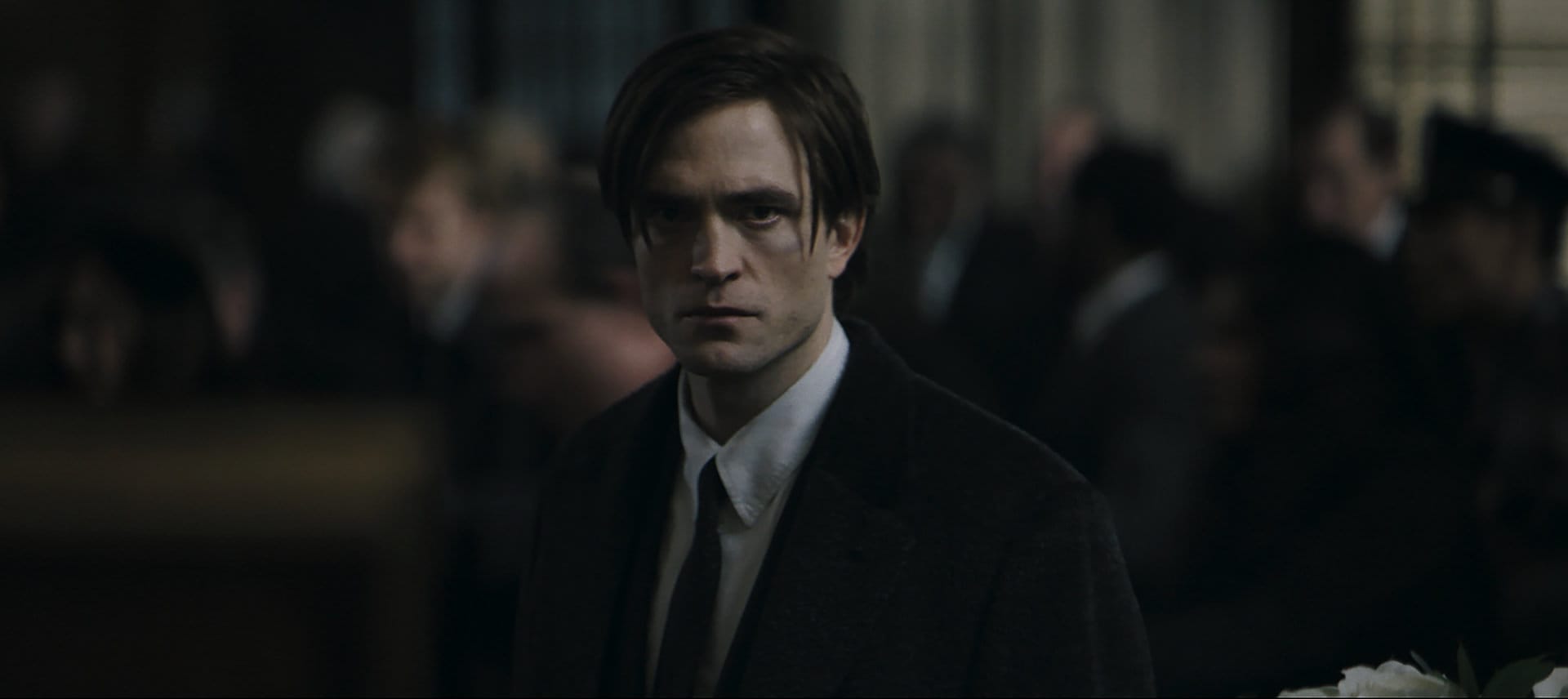
Depth of Field: The Cinematography Attention Director
Most creators understand shallow depth of field as “that nice blurry background,” but professional cinematography uses it much more strategically. Depth of field is how you tell the audience what to think about. In a conversation scene, rack focus (shifting focus between subjects) isn’t just technically interesting—it’s literally showing whose perspective we’re taking or whose reaction matters more in that moment.
Here’s a powerful cinematography technique: use deep depth of field in emotional scenes. Yes, seriously. When everything is in focus, the viewer has to actively choose where to look, which creates a sense of overwhelming reality or anxiety. This is why the Dardenne brothers often shoot with deep focus in their cinematography—it puts the audience in the character’s shoes, forcing them to process the entire chaotic environment just like the character must.
The inverse is equally powerful in cinematography: use impossibly shallow DOF to create dreamlike unreality. Shoot wide open at f/1.4 or f/1.2 with a long lens, and you create such selective focus that the image borders on abstract. This technique works beautifully for memory sequences, fantasy elements, or to show a character’s narrow, obsessive focus on something. The key is intentionality—shallow DOF should mean something narratively, not just look pretty.
Another advanced cinematography trick: foreground defocus elements. Put something very close to the lens—leaves, a fence, rain on glass—and let it blur beautifully while your subject is sharp in the mid-ground. This creates depth, frames the subject naturally, and adds production value that screams “cinema” without complex setups. It’s especially effective in outdoor scenes or through windows.
Camera Angles: The Silent Storyteller in Cinematography
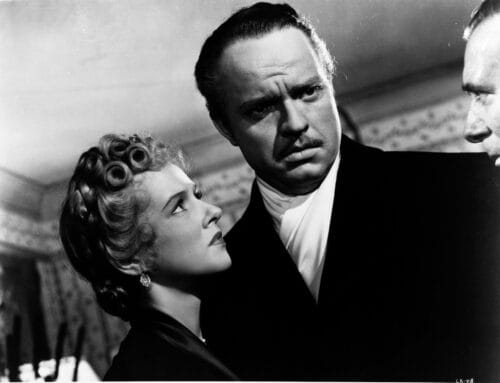
Camera height and angle communicate power dynamics and psychology without a single word—this is fundamental to great cinematography. Everyone knows high angles make subjects look weak and low angles make them look powerful, but let’s go deeper. Dutch angles (tilted frame) shouldn’t just indicate “something is wrong”—they should specifically match the type of wrongness in your story. A subtle 5-10 degree tilt creates unease and instability. A dramatic 30-45 degree tilt screams chaos and horror.
Here’s an underused cinematography technique: the “character POV” angle isn’t just about eye level. When you want the audience to truly embody a character, match not just their eye line but their emotional state through angle. A depressed character? Shoot slightly below eye level, ceiling in frame, making the world feel heavy and oppressive above them. An optimistic child? Get down to their actual height where the world looks big and full of possibility.
The “floating camera” trick is one of my favorites for creating ethereal, emotional moments in cinematography. Instead of locking down on sticks or going full handheld, use a gimbal or slider with very slow, almost imperceptible movement. This creates a ghostly, observational quality—like the camera itself is a curious spirit drifting through the scene. It’s magical for introspective moments, memory sequences, or establishing shots that need emotional resonance beyond simple information.
Finally, master the “uncomfortable close-up” in your cinematography. Instead of the standard medium close-up for dialogue, occasionally push into an extreme close-up where you crop the forehead or even part of the eyes out of frame. It creates an unsettling intimacy that works brilliantly for confessions, confrontations, or moments of intense vulnerability. Just don’t overuse it—these shots have power because of their rarity.
Putting It All Together: The Cinematography Mindset
The real secret to great cinematography isn’t any individual technique—it’s the mindset shift from “what looks good” to “what serves the story.” Before you set up any shot, ask yourself three questions:
- What should the audience feel right now? (Choose your lens based on this)
- What should they pay attention to? (Use composition and DOF to direct their gaze)
- What power dynamic or psychology am I showing? (Let camera angle communicate this silently)
When you approach cinematography this way, every technical decision becomes a storytelling decision. Your kit lens can create more emotional impact than a $20,000 cinema prime if you’re using it with intention. The gear matters far less than your understanding of visual language.
Start experimenting with these cinematography techniques one at a time. Pick one—maybe it’s strategic lens choice—and commit to mastering it on your next three projects before moving to the next. Cinematography isn’t about knowing everything; it’s about deeply understanding a few core tools and wielding them with purpose. For more on developing your visual language, check out our guides on Filmmaking AI Workflows and Mastering Midjourney for Cinematic Concepts.
Internal Links for Further Learning
- Support our blog by visiting our Essentials or go to our Online Store.
- Develop your pre-visualization skills with our comprehensive Filmmaking AI Workflows guide.
- Create stunning concept frames for your cinematography with our Midjourney Mastery Guide.
- Explore character-driven visual storytelling with 10 Powerful Midjourney Prompts for Character Design.
Conclusion
The difference between amateur and professional cinematography isn’t thousands of dollars in gear—it’s the intentional application of fundamental principles that most people know but few truly master. Lens choice communicates emotion, composition guides attention, depth of field directs thought, and camera angles speak psychology. When you start thinking of these not as technical settings but as your visual vocabulary for cinematography, everything changes. Your next project doesn’t need better equipment; it needs better intention behind every frame. So grab whatever camera you have, pick one technique from this article, and shoot something today. The best cinematography education isn’t reading—it’s doing, failing, adjusting, and doing again until these choices become instinct. Now get out there and make something that stops people mid-scroll.
What cinematography technique do you struggle with most? What breakthrough moments have transformed your visual storytelling?
FAQ
What is cinematography and why does it matter?
Cinematography is the art and craft of visual storytelling through camera work—encompassing lens choice, composition, lighting, camera movement, and depth of field. Great cinematography transforms simple footage into emotionally engaging visual narratives that communicate meaning beyond dialogue. It’s what separates amateur video from professional film, making cinematography one of the most crucial skills for any visual storyteller to master.
What’s the best way to learn cinematography?
The best way to learn cinematography is through active practice combined with studying great films. Start by mastering one technique at a time—lens selection, then composition, then camera movement. Analyze cinematography in films you admire, recreate shots to understand the technical execution, and most importantly, shoot constantly. Online courses, YouTube tutorials, and cinematography books provide theory, but only hands-on experience builds true cinematography skill.
Do I need expensive equipment for good Camerawork?
No. Professional cinematography is about understanding visual language, not expensive gear. A $500 camera with a basic lens can create stunning cinematography if you master composition, lighting, depth of field, and camera angles. Many award-winning films have been shot on budget equipment. Focus on learning the fundamentals of cinematography first—you can always upgrade equipment later as your skills and needs grow.
What makes cinematography “cinematic”?
Cinematic cinematography combines intentional camera movement, thoughtful composition, controlled depth of field, and purposeful lighting to create images that feel like cinema rather than documentary or home video. Key elements include shooting at 24fps, using shallow depth of field strategically, employing motivated camera movement, and creating visual contrast. But true cinematic cinematography is about emotional storytelling—every technical choice should serve the narrative.
Discover more from Olivier Hero Dressen Blog: Filmmaking & Creative Tech
Subscribe to get the latest posts sent to your email.

